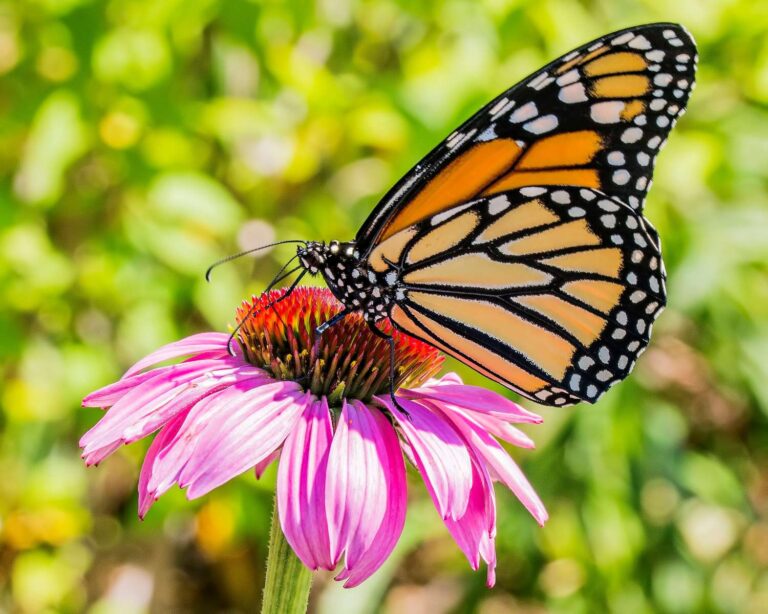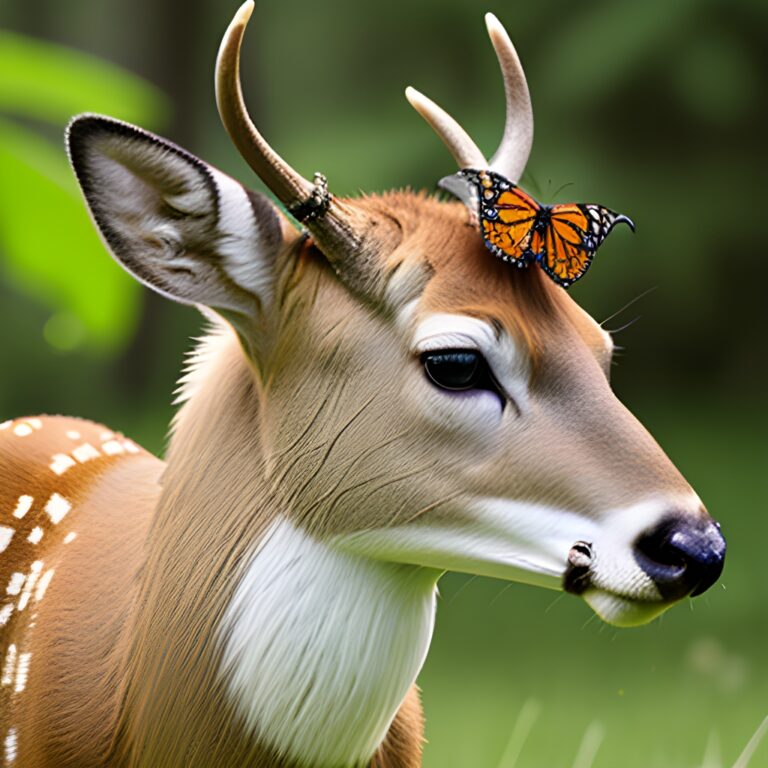The Versatile Black Drink Holly (Ilex nigrempotum): A Blessing from Nature
Revered by Native American tribes for its multitude of uses and unique properties, this plant stands as a testament to the vast potential of our natural world.

Revered by Native American tribes for its multitude of uses and unique properties, this plant stands as a testament to the vast potential of our natural world.

Beyond its magnificent beauty, this perennial powerhouse serves as an alluring attraction for butterflies, a medicinal treasure trove, and a source for nourishing herbal tea.

Deer are known to be quite adaptable in their feeding habits and can consume a wide variety of plants. However, they generally avoid Milkweed due to its bitter taste and the plant’s natural defense mechanism. Milkweed contains cardiac glycosides, which are toxic compounds that can be harmful if consumed in large quantities. Many animals, including…

Butterflies are attracted to a wide range of flowers, with the best options often being those that provide plenty of nectar.

Consider inviting Queen Black-Eyed Susan to reside. In return, she’ll bring along the magical spectacle of a butterfly ballet, a joy to behold… one day at a time.

With the Plant Friendliness Score, making informed, beneficial decisions about your green space has never been easier!

In addition to being a nectar source, Zinnias can serve as a food plant for the caterpillars of several moth species.

California’s chaparral is a unique ecosystem, characterized by hot, dry summers and mild, wet winters, that is home to a variety of plants that butterflies find irresistible.